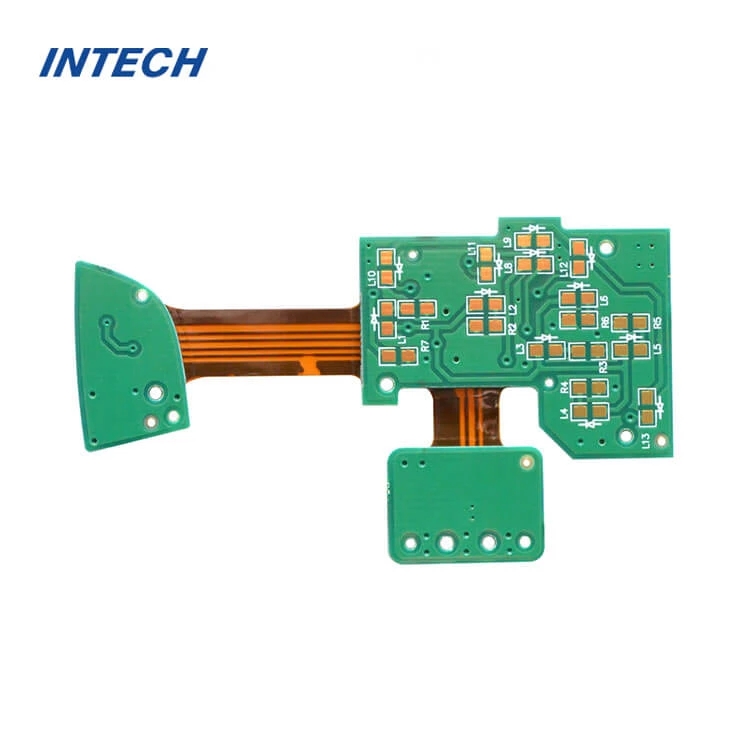How do rigid-flex PCBs affect product durability?
Date:2024-03-20 03:49:14
In the ever-evolving realm of electronic products, rigid-flex printed circuit boards (PCBs) have emerged as a reliable and innovative solution. These boards offer a unique combination of flexibility and durability, making them an ideal choice for various applications. This article aims to explore the impact of rigid-flex PCBs on product durability, highlighting their benefits, challenges, and potential drawbacks.
1. Enhanced Mechanical Durability
Rigid-flex PCBs excel in environments where constant movement, vibrations, or impacts are expected. Their flexible nature allows them to withstand bending, twisting, and stretching without compromising the connection integrity. The integration of rigid and flexible materials provides superior mechanical durability, making these PCBs suitable for products prone to physical stress, such as wearable devices, aerospace equipment, and automotive systems.
2. Improved Reliability
Rigid-flex PCBs offer improved reliability due to reduced solder joints and interconnects compared to traditional rigid PCBs. With fewer components and connections, the chances of failure points are significantly minimized. This reduction in failure points leads to improved signal integrity, higher resistance to environmental factors, and enhanced overall product reliability. The improved reliability translates to enhanced product performance and reduced maintenance costs.
3. Space Optimization
Space constraints are a common challenge faced by product designers and manufacturers. Rigid-flex PCBs offer an effective solution in this regard by allowing seamless integration of complex circuitry within minimal space. By eliminating the need for connectors and cables, the boards enable efficient use of available space, thereby reducing the size and weight of the final product. This space optimization is particularly beneficial for portable devices, medical implants, and IoT applications where compactness is crucial.

4. Resistance to Harsh Environments
Rigid-flex PCBs exhibit remarkable resistance to harsh environments, including moisture, chemicals, and extreme temperatures. The combination of rigid and flexible materials, along with advanced protective coatings, ensures the integrity of the circuitry even when exposed to challenging conditions. This resistance to harsh environments makes these PCBs suitable for applications in industrial automation, oil and gas, military, and other demanding sectors.
5. Challenges in Design and Manufacturing
While rigid-flex PCBs offer numerous benefits, their design and manufacturing present some challenges. The complexity of the design process requires careful consideration of the mechanical and electrical aspects. The use of rigid-flex PCBs may also increase costs compared to traditional PCBs due to the specialized materials and manufacturing techniques involved. Additionally, the assembly and testing processes may require specific expertise and equipment, further adding to the overall manufacturing complexity.
6. The Future of Rigid-Flex PCBs
Rigid-flex PCBs continue to evolve and grow in popularity due to their clear advantages over traditional rigid PCBs. Ongoing advancements in materials, manufacturing processes, and design techniques are improving their durability, flexibility, and cost-effectiveness. As the demand for smaller and more robust electronic products increases, rigid-flex PCBs are expected to play a vital role in enabling innovative and reliable solutions.
Rigid-flex PCBs offer a unique combination of flexibility, durability, and reliability, making them an ideal choice for various electronic applications. Their impact on product durability is significant, as they provide enhanced mechanical durability, improved reliability, space optimization, resistance to harsh environments, and opportunities for innovation. While design and manufacturing challenges exist, the continuous development in this field promises a future where rigid-flex PCBs play a central role in driving the growth and durability of electronic products.
